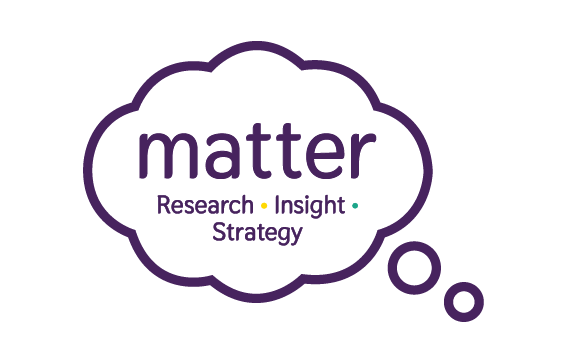Charity Reports and Statistics
Charities Aid Foundation produces an annual report on UK Giving. The report ‘provides unique research and insights into how people in the UK give to charity, how much they donate and the causes they choose to support’. Key findings from the 2020 report include:
1. Donation levels in-line with previous years
Despite less in-person fundraising, donation levels have held up during the pandemic. Sponsorship levels have fallen and remain low. In August, only 4% of people sponsored someone for charity, just half of normal levels seen for the time of year.
2. Giving money
Between January and June 2020, the public donated a total of £5.4 billion to charity – an increase of £800 million compared to the same period in 2019.
3. What people give to
There was a large increase in the number of people donating or sponsoring to the cause ‘hospitals and hospices’ during the height of the pandemic’s first wave, whilst up to a fifth of people specifically reported donating to charities which support the NHS.
4. Less physical fundraising
There was a significant decline in the amount of money donated to ‘medical research’ between January and June 2020. This cause, which often attracts donations via fundraising events, such as the London Marathon and coffee mornings, lost out on up to £174 million during the first half of the year.
5. Cashless giving increases
As opportunities to fundraise through face to face interactions have declined, there has been a large and sustained increase in cashless giving since March.
6. Trust in charities grows
Trust in charities, which increased during 2019, has increased further since March 2020. The improvement is seen across different age groups and social grades.
Every year, YouGov’s UK Charity Index Rankings highlight the best-performing organisations in the third sector according to their overall brand health. In 2020, Macmillan Cancer Support have claimed first place with a score of 48.2, while Oxfam have topped our Improver list with a score of 14.7 (+5.1).
Nfp Synergy produce a number of extremely insightful reports every year but perhaps currently the most prescient of these
is ‘a series of polls to understand the public response to the pandemic and how it is impacting on charities’. Key findings from the 6th wave conducted in March include:
- Charity visibility remains very low with 55% unable to name a charity responding to the pandemic one year in
- Giving levels have dropped again to their lowest point
- Concern about the pandemic has dropped substantially to its lowest levels yet, while concern about mental health has reached a high point
- Concern about the impact of the pandemic on a number of vulnerable groups continues to decline
- Lockdown fatigue is setting in, with decreasing numbers planning on staying in their local area
- Nevertheless, government satisfaction is up as the vaccination programme continues apace
- There are low levels of comfort with interacting with charities except for visiting charity shops.
